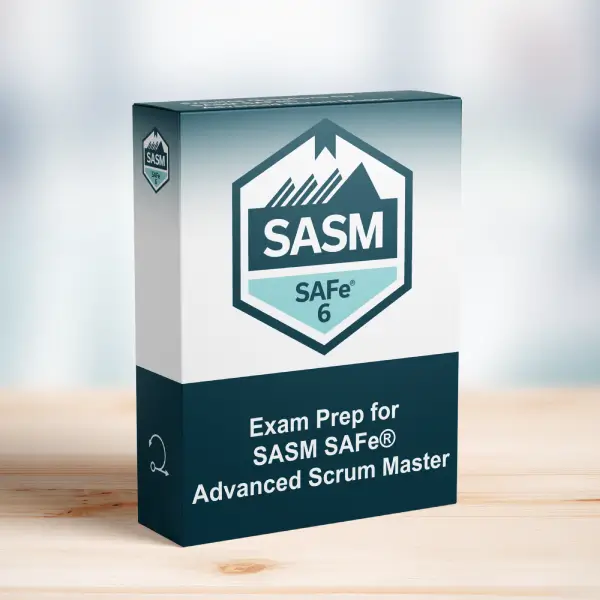Advanced Scrum Mastery in SAFe
In this article, we examine a SASM-related exam question to strengthen your understanding of advanced Scrum Master practices at scale.
Exam Question
What are two key purposes of the weekly Scrum of Scrums checkpoint meeting?
(choose the best two answers)
[i](*removed)[/i]
A. To help keep teams on track.
B. To support early identification of risk.
C. To align milestones with PI objectives.
D. To keep stretch objectives within scope.
E. To ensure PI objectives have direct user value.
Correct Answer
A,B
Explanation
Correct Answer
A,B: This option best reflects the role, responsibilities, or knowledge expected from a SAFe Advanced Scrum Master (SASM).
Incorrect Answers
The other options either reflect team-level roles only, miss key system-level thinking, or misunderstand principles critical for scaled agility.
Agile Leadership Insights
- System Thinking: Advanced Scrum Masters focus on improving flow across teams and ARTs.
- Relentless Improvement: Building a continuous learning culture is fundamental in scaling environments.
- Facilitating Collaboration: Success depends on driving communication and alignment across many teams.
Relevance to the SASM Exam
Understanding the scaled responsibilities of a Scrum Master beyond the team level is vital for passing the SASM exam and excelling in SAFe environments.
Key Takeaways
- Focus on scaled facilitation, system-level flow, and relentless improvement.
- Develop coaching skills that enable team and organizational agility.
- Support broader SAFe goals like ART alignment and continuous delivery pipelines.
Conclusion
Mastering these advanced concepts will enhance your performance as a Scrum Master at scale. For more structured practice, explore our SASM Exam Prep.



